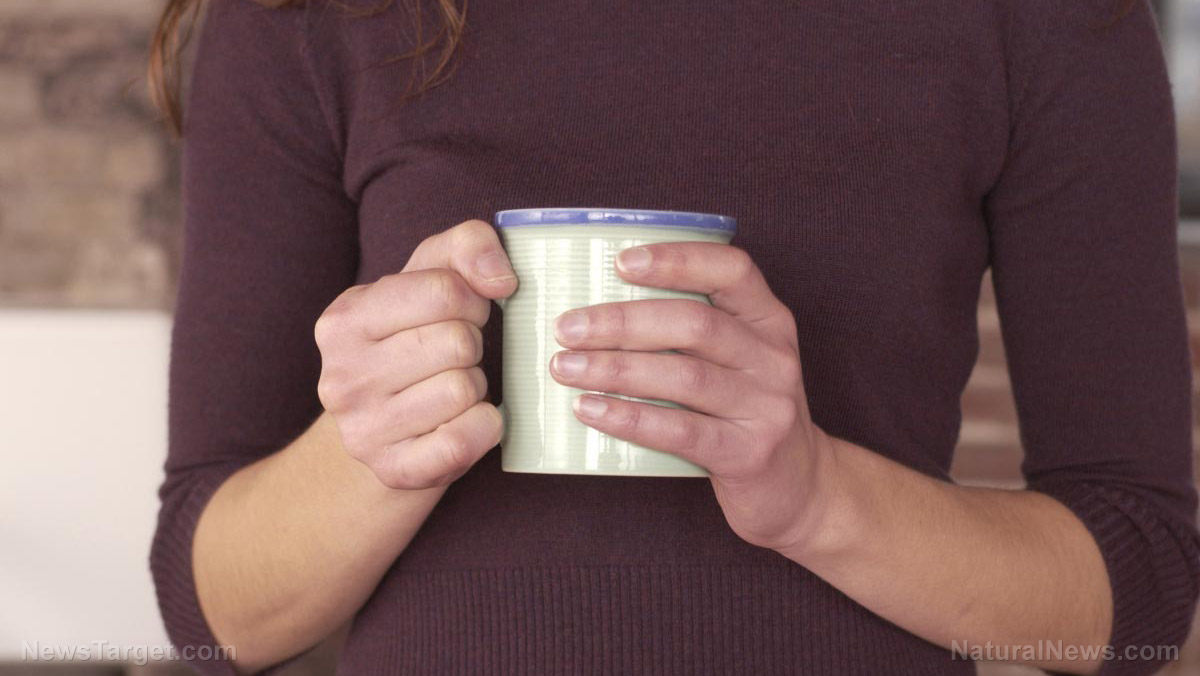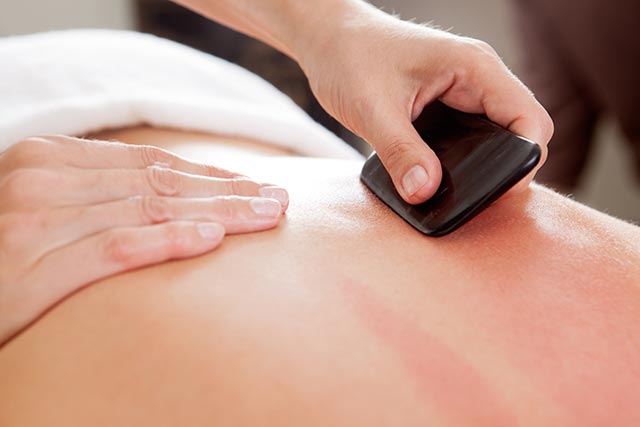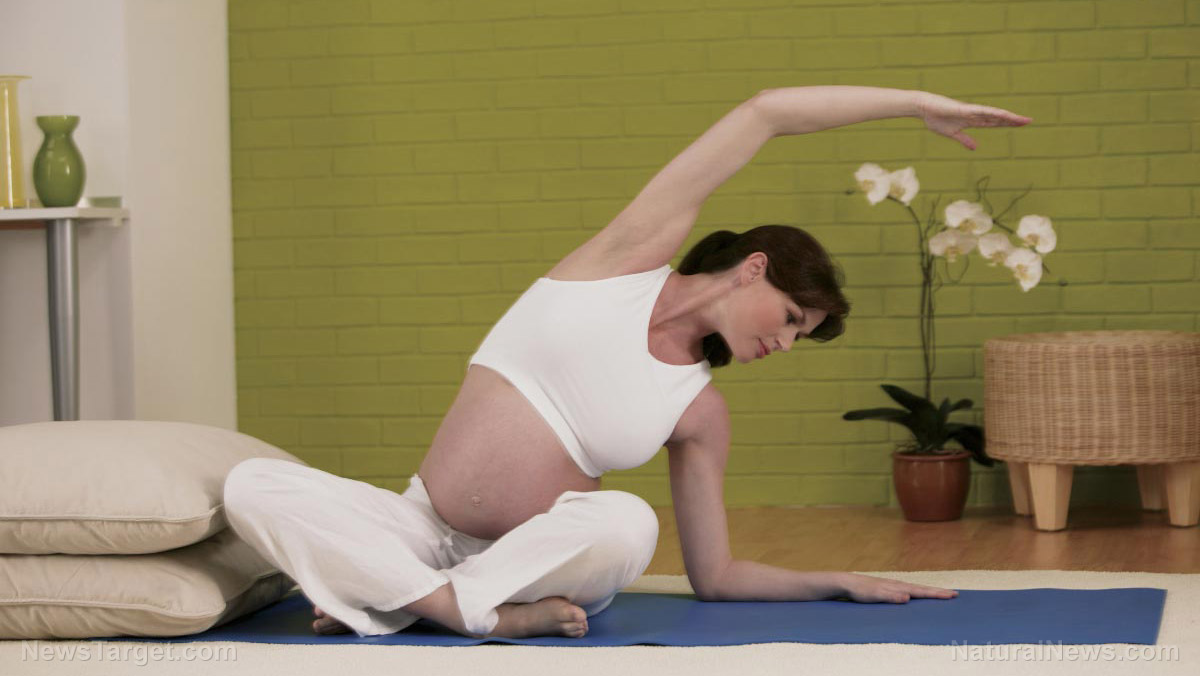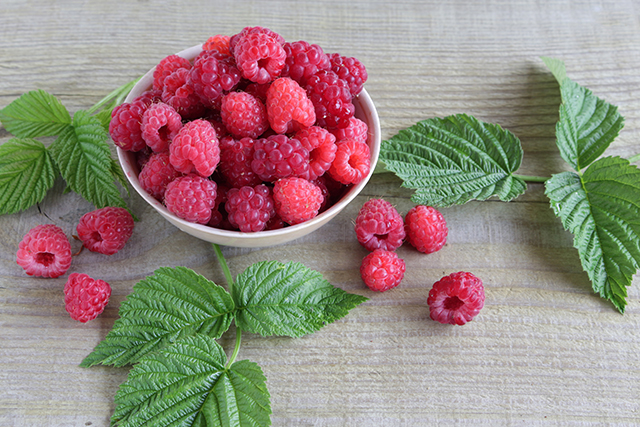Lead and cadmium can contaminate your beverages from microwave-heated ceramic cups, reveals study
03/10/2019 / By Isabelle Z.

You’ve gone out of your way to seek organic green tea from a trustworthy source, and the honey you stir into it has an impeccable pedigree. Now you can sit back, take a sip, and relax knowing that you’re not putting anything toxic into your body – or are you? An alarming new study shows that some heavy metals can leach into your hot beverages when you microwave your cup.
According to the report, which was published in Environmental Science and Pollution Research, those colorful, glazed ceramic mugs and cups that make your morning coffee and tea a little more cheerful could also be subjecting your body to lead and cadmium.
The researchers from Assam University discovered that microwaving double distilled water in such vessels at 140 degrees Celsius for 2.5 minutes – an average amount of time when you’re heating water for tea, for example – caused levels of the heavy metals to greatly exceed the U.S. FDA’s permissible limits of 0.5 milligrams per liter.
Specifically, the study found that the average concentration of lead was six times higher (at 3.15 mg/L) in older cups and 15 times higher (at 7.69 mg/L) in newer cps. Cadmium concentrations, meanwhile, were three and four times the allowable levels at 1.57 mg/l for newer cups and 1.97 mg/l for older ones, respectively.
If this news has you vowing to start boiling your water on the stove, beware: The researchers also discovered the problem exists when water is boiled on a gas stove as the temperature water reaches to boil is high enough to leach the metal from the walls of the cups. A previous study found that a far lower temperature – 85 degrees Celsius – saw 1.14 mg/L of lead leached from ceramics. Some Tunisian ceramic mugs were found in past studies to contain lead in concentrations of as much as 51 mg/L.
The power of the elements: Discover Colloidal Silver Mouthwash with quality, natural ingredients like Sangre de Drago sap, black walnut hulls, menthol crystals and more. Zero artificial sweeteners, colors or alcohol. Learn more at the Health Ranger Store and help support this news site.
The current study added that regularly drinking beverages from low-quality cups, particularly those with labels stating “Made in China,” can be very harmful, and children, pregnant women and those of child-bearing age are particularly vulnerable. Improper firing can make the glaze less adherent, which can make it even more prone to leaching.
The study’s lead researcher, Assam University Assistant Professor of Life Science and Bioinformatics Suchismita Das, said: “The problem arises when the surfaces of cups are not manufactured under strict quality control. The acidic pH of food as well as temperature at which the food is served also influences the migration of metals from ceramics.”
What happens if you don’t heat the water at all? You’re still not out of the woods, as some studies have demonstrated that lead and cadmium can leach from ceramics at room temperature. A 1997 study found that as much as 0.349 mg/L of cadmium leached into room-temperature orange juice from a variety of glazed mugs that were made in India.
What are your mugs made from?
Unfortunately, many people have a favorite cup that they use habitually, which means they are being repeatedly exposed to the toxins. Prolonged exposure to lead is particularly dangerous as no safe levels of it exist and it builds up in the blood over time. Risks of lead exposure include lower IQ, reduced comprehension, slower reaction times, and memory loss. It has also been linked to concentration and learning problems in children, as well as behavioral problems.
Cadmium, meanwhile, can reduce children’s cognitive development, and it has also been linked to kidney and reproductive damage.
It’s time to take a closer look at your mugs. Cadmium is used to give pottery bright colors, while lead is used to make glazes appear shiny. However, whether they’re painted in bright shades or they’re plain white, they could still be leaching lead or cadmium. Glass – but not leaded crystal – is the best choice if you want to avoid toxins, as long as it’s not painted or decorated in some way.
Sources for this article include:
Tagged Under: cadmium, coffee, disease causes, food science, health warning, hot drinks, leaching, Lead, mugs, product dangers, research, tea




















